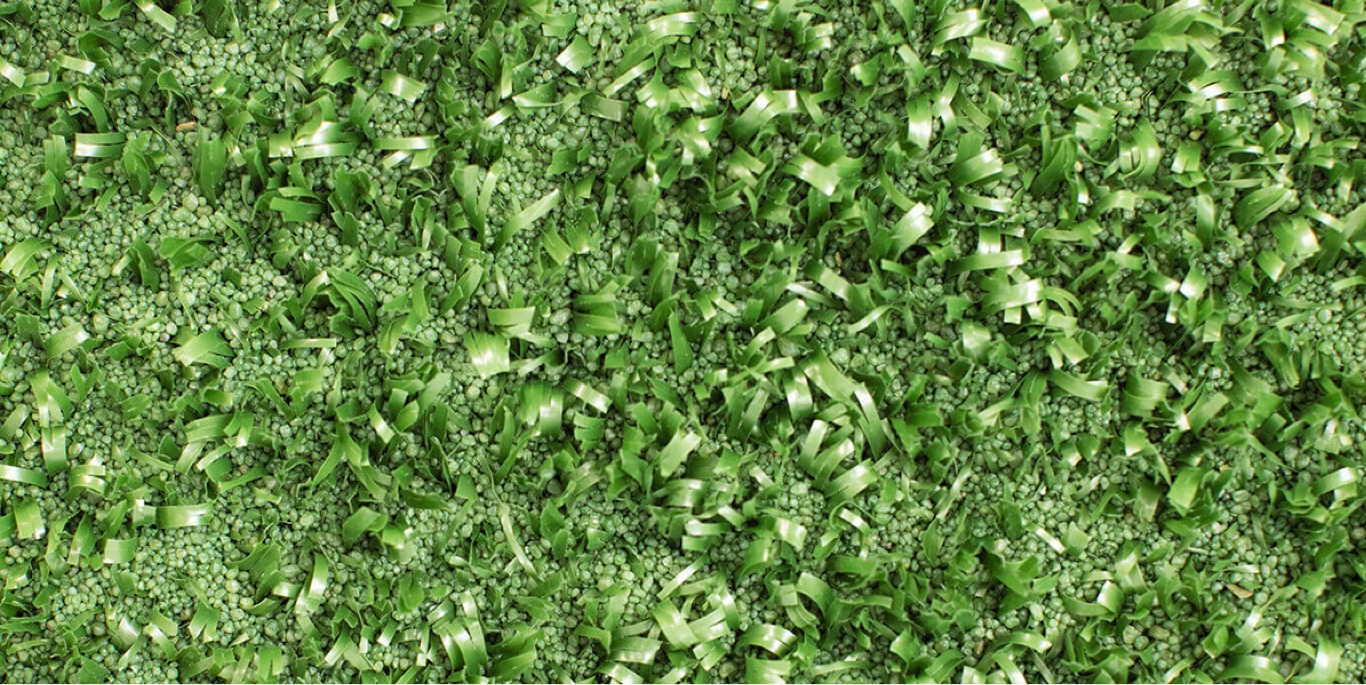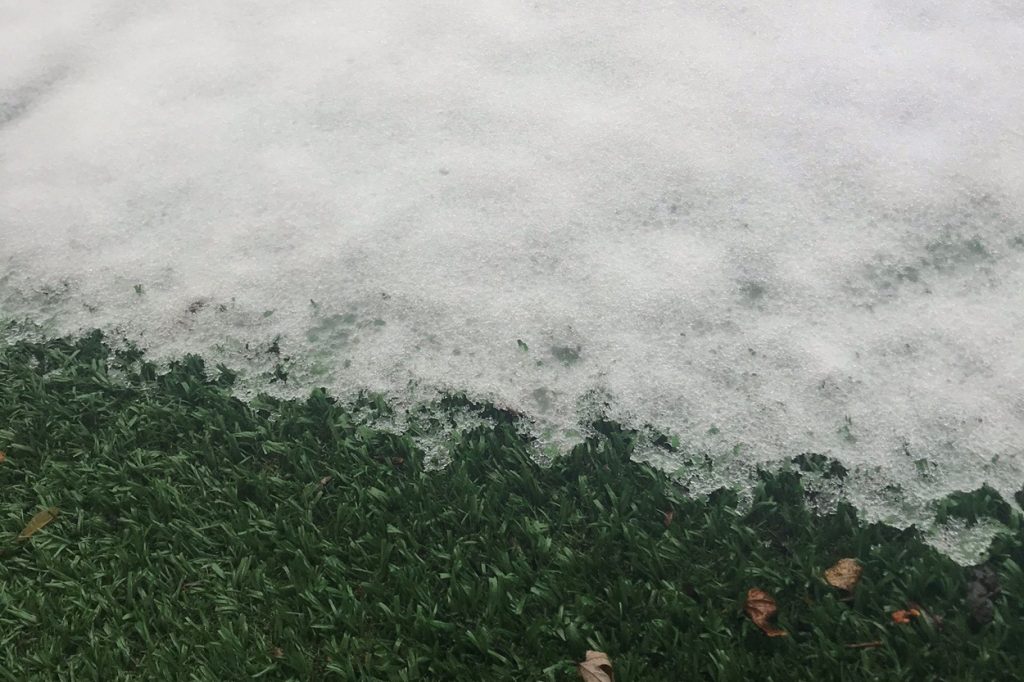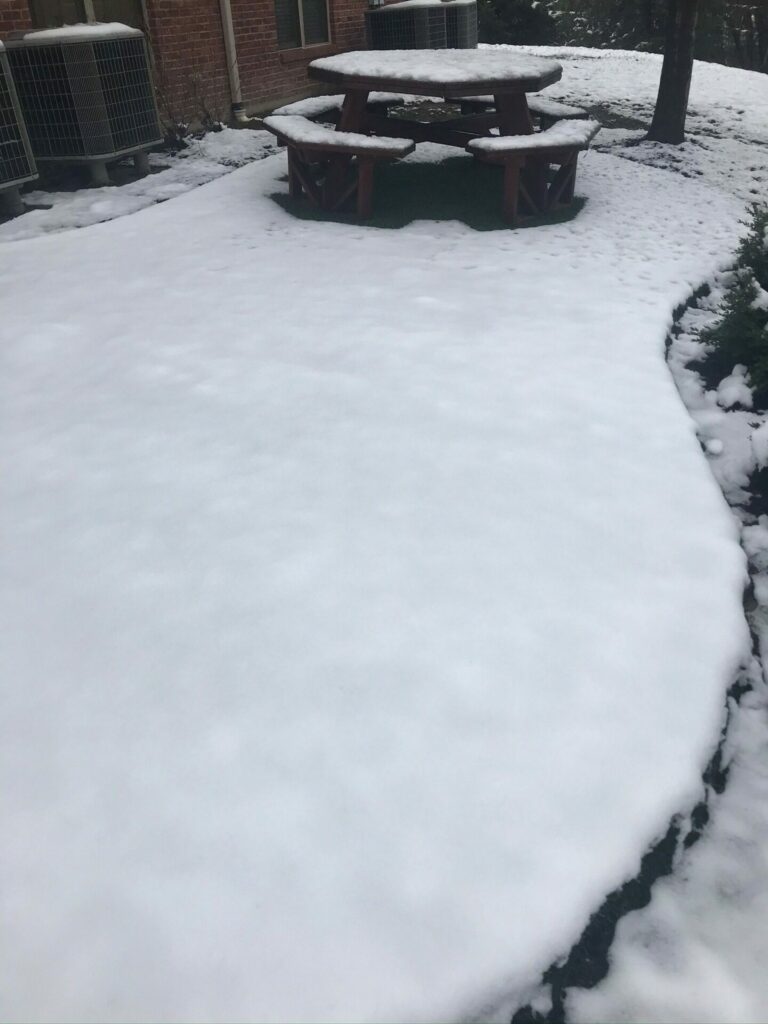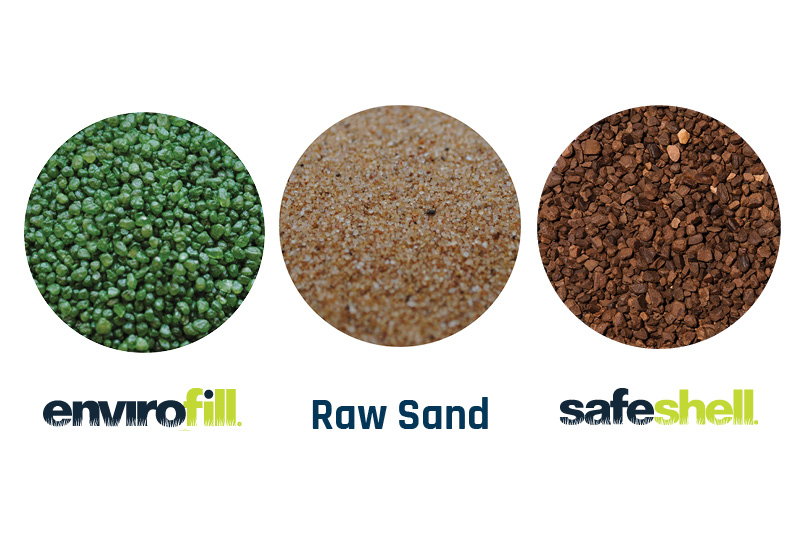
Infill Landscape Blog
Subscribe To Email Updates
Subscribe to our weekly newsletter and we’ll send updates straight to your inbox
Caring for Artificial Turf in the Winter

There’s not a whole lot to keeping your synthetic turf in tip-top condition during the winter months— or at any time of the year, for that matter! It’s one of the beauties of choosing artificial grass for your home landscaping. And while the Jones’ natural grass will require a “final mow” and then turn brown in cold weather, you can enjoy a bright and attractive green lawn in your backyard all winter long!
Here’s all the information you’ll need to best prepare your synthetic grass for cold weather and winter storms.
Brace yourself (and your artificial grass) – winter is coming
Before the winter sets in, remove leaves, twigs, and other fallen debris from your backyard’s artificial grass with a leaf blower and/or turf rake.
Prepare a simple “winter turf maintenance kit” in the autumn, prior to winter’s arrival. That way, you’ll enjoy the snow falling outside when it inevitably comes, and you’ll have all the tools necessary to clear it safely and easily without damaging your artificial grass. Of course, you don’t have to remove snow from artificial turf, but if you’d like to clear a path for walking or make an area accessible to your dogs for potty purposes, here’s what you’ll want to have on hand:

- A Plastic Snow Shovel
- A Leaf or Snowblower
- A Soft Bristle Broom
- Spare Towels and/or Blankets
If you live in a particularly cold and snowy part of the world, you might consider laying a tarp down over your artificial grass for extra protection from the elements. It isn’t necessary but it is considered the ultimate winter-proofing action amongst synthetic turf experts. Added bonus: you can lift up the tarp at any time (along with any accumulated snow) should you want to make use of your turf in the winter.
Taking care of your artificial grass in snow and ice
Individual blades of artificial grass freeze and stiffen when temperatures dip below 32 degrees, so ice, snow, and freezing rain are likely to make the surface of your synthetic turf slippery.
While the best-case scenario is to allow snow and ice to melt away on its own, you might find it necessary to remove snow manually so that you can easily walk through your yard or accommodate your pets. If you do plan to clear a path, make sure to remove snow carefully and gently with a plastic shovel, which is less likely to damage the blades than a metal shovel.
Remember that synthetic grass is brittle and more delicate when frozen; using the right tools will allow you to protect your yard year after year.
Protecting artificial turf in rainy weather
If your backyard’s drainage system is in good shape, you’ll weather a typical winter rainstorm without a hitch. Take precaution during high volumes of rainfall, as the water can stay on your turf if your drainage system is affected. If you notice waterlogging on your artificial grass, call your synthetic turf installation expert to problem-solve with you.
Additionally, if the temperature drops after or during rainfall, your artificial turf blades will likely freeze, so walk across your synthetic turf surface slowly and carefully, to avoid falling. This will also help to minimize damage to brittle blades.
Artificial grass maintenance is simple
All in all, caring for your artificial turf yard is low-stress, especially when you have the right turf infill! It’s another reason more and more families across the country are choosing to install synthetic grass with Envirofill and Safeshell at their homes. As these two infills are low maintenance and were designed with optimal system drainage in mind, they help the melting snow to drain faster and result in limited migration with the water.
Learn more about using artificial grass in a variety of landscape applications and reach out to our team with questions!
Similar Blogs



